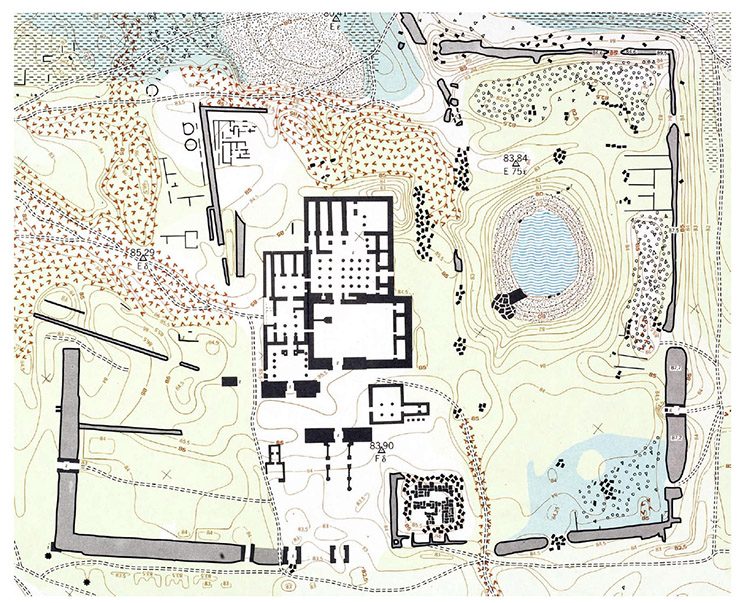El Kab, also known as Nekheb, is an ancient city located on the east bank of the Nile in Upper Egypt. This site holds a rich history that dates back to the Predynastic Period of Ancient Egypt, making it one of the oldest inhabited cities in Egypt. The city was a significant religious and political center, housing several temples, tombs, and fortresses. Its ruins offer valuable insights into the various civilizations that have inhabited it over the centuries.
The Ancient Egyptians
Ancient Egyptian Historical Sites and Ruins
Egyptian Mythology
Ancient Egyptian Artifacts
| Ankh Cross |
| Dream Stele |
Historical Figures
| Ramses II |
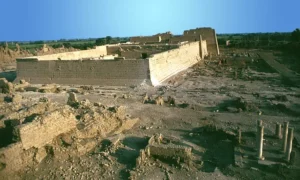
Medinet Habu (Temple of Ramesses III)
Medinet Habu, the Temple of Ramesses III, is a significant archaeological site located on the West Bank of Luxor in Egypt. Constructed as a mortuary temple for the Pharaoh Ramesses III, it is one of the best-preserved temples in Egypt. The complex is adorned with intricate reliefs and inscriptions that provide a wealth of information about the New Kingdom period of Ancient Egypt, particularly the reign of Ramesses III. It is renowned for its architectural grandeur, historical significance, and the role it played in ancient Egyptian religion and society.
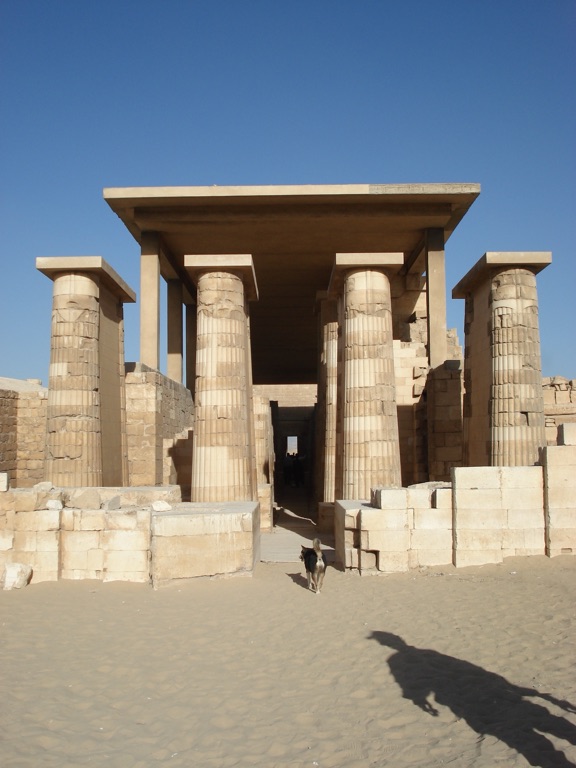
The mortuary complex of Djoser
The mortuary complex of Djoser, located in Saqqara, Egypt, is one of the most significant archaeological sites in the world. Built during the 27th century BC for Pharaoh Djoser by his architect Imhotep, the complex is known for its step pyramid, the first colossal stone building and the earliest colossal stone pyramid constructed in Egypt. The complex is a significant reflection of early development in stone architecture and the belief in the afterlife in ancient Egypt. It also offers valuable insights into the reign of Pharaoh Djoser and the evolution of burial practices during his time.
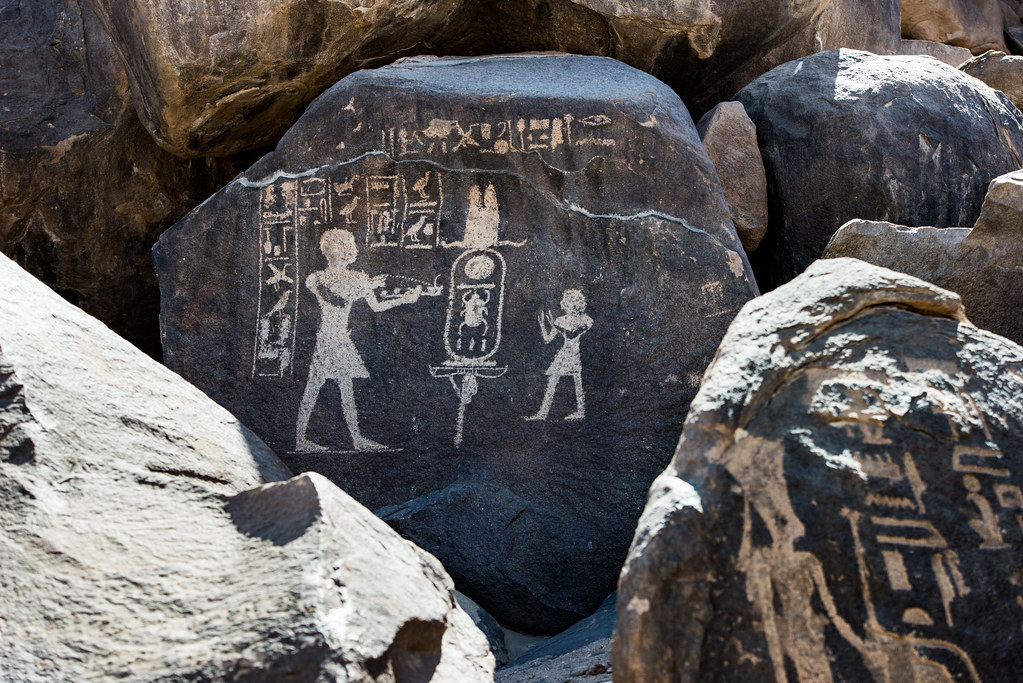
Sehel Island
Sehel Island is a significant historical site located in the Nile River, near Aswan, Egypt. Known for its natural beauty and historical importance, the island is home to numerous ancient inscriptions and monuments that offer a glimpse into the civilizations that once thrived here. Its unique geographical location made it a strategic point of interest for many ancient civilizations, and it continues to draw historians and archaeologists from around the world.
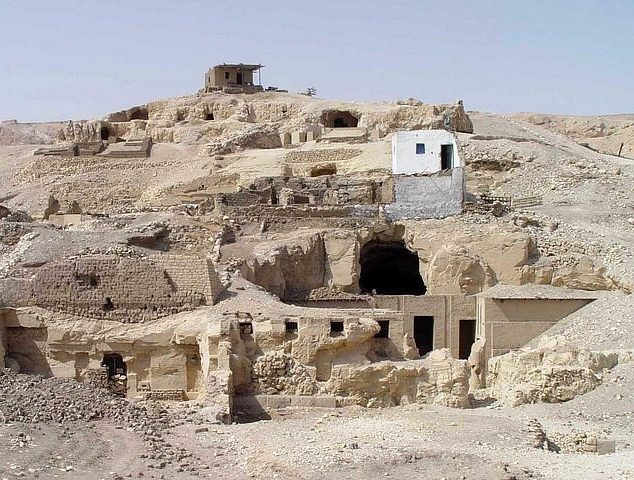
El-Khokha Necropolis
The El-Khokha Necropolis is a historical site located on the west bank of the Nile, opposite the modern city of Luxor, Egypt. This ancient burial ground houses numerous tombs from different periods of Egyptian history, primarily from the New Kingdom era. The tombs at El-Khokha are notable for their intricate carvings, hieroglyphics, and well-preserved wall paintings that provide a wealth of information about ancient Egyptian culture, beliefs, and burial practices.
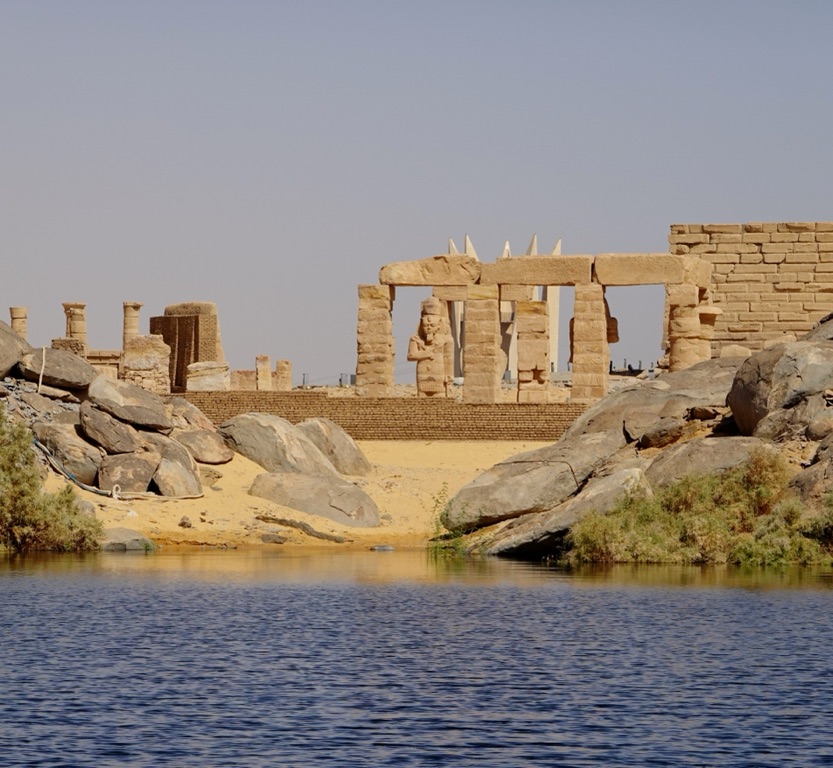
Temple of Gerf Hussein
The Temple of Gerf Hussein is a remarkable archaeological site located in Nubia, southern Egypt. Originally constructed during the reign of Pharaoh Ramesses II in the 13th century BC (during the 19th dynasty), the temple was dedicated to Ptah, the creator god of Memphis. Over the centuries, the temple has seen numerous modifications and additions, reflecting the diverse cultures that have occupied the region.

